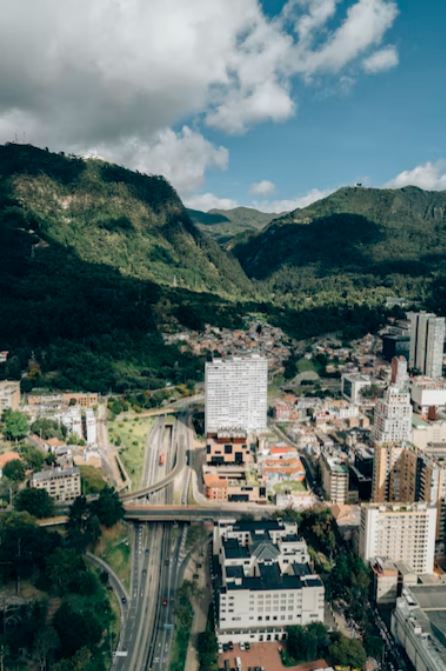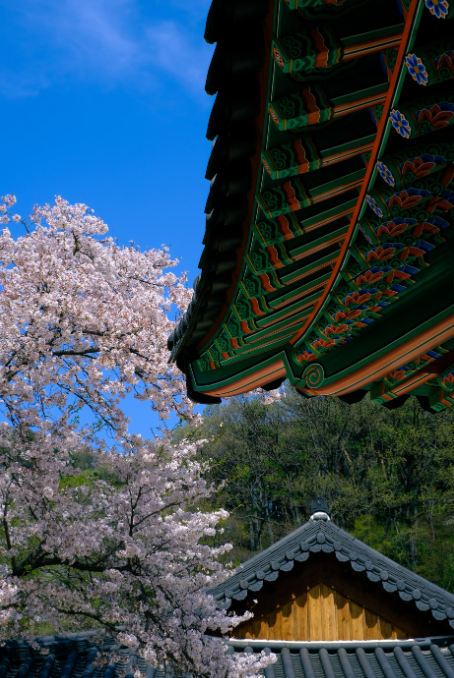Unforgettable Chile Adventure: Epic Travel Guide for First-Time Visitors
Chile, the narrow ribbon of land stretching along the western edge of South America, is a country of dramatic contrasts. From the arid Atacama Desert in the north to the windswept wilderness of Patagonia in the south, Chile offers travelers an unforgettable journey through diverse landscapes, rich culture, and vibrant cities. If you’re considering your first trip to this breathtaking destination, this guide will help you plan your adventure—complete with the best time to visit and the must-see sights you won’t want to miss.
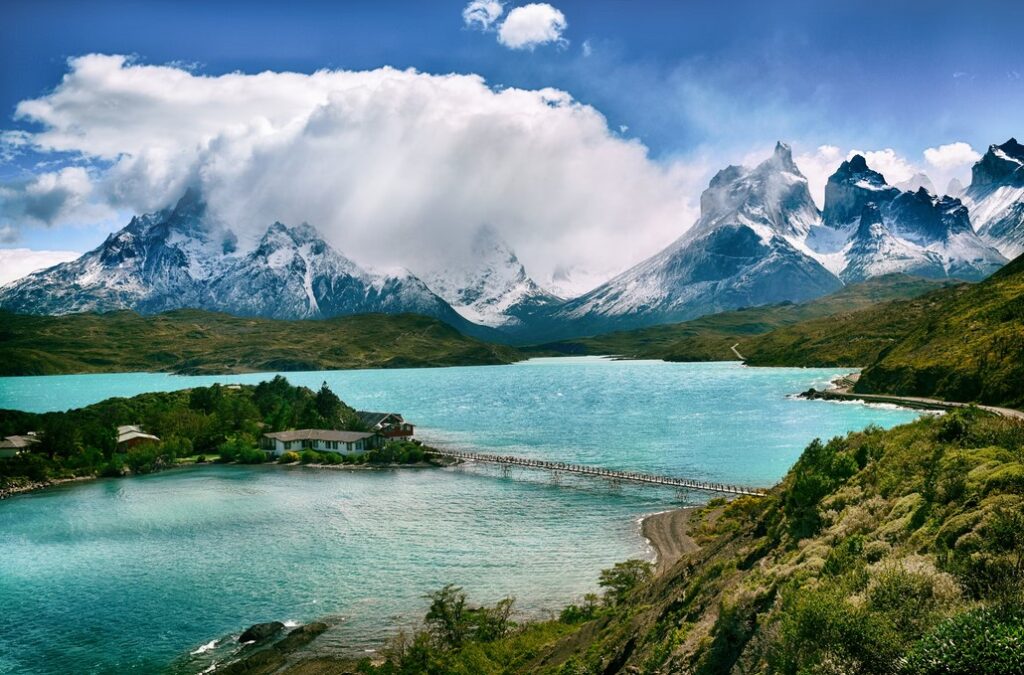
Why Travel to Chile?
Chile is a land of extremes. It’s home to the world’s driest desert, some of the most active volcanoes on the planet, and vast glaciers that seem to go on forever. Add to this a thriving food and wine scene, world-class trekking, rich indigenous cultures, and cosmopolitan cities, and you’ve got a country that offers something for every type of traveler.
Whether you’re an outdoor enthusiast, history buff, wine lover, or beachgoer, Chile will surprise you at every turn.
When Is the Best Time to Visit Chile?
Chile’s geography spans more than 2,600 miles from north to south, so the climate varies drastically by region. Your ideal time to visit will depend on the areas you plan to explore and the type of activities you’re interested in.
Summer (December to February)
- Best for: Patagonia, Lakes Region, coastal beach towns
- This is peak tourist season and the best time to explore southern Chile, particularly Patagonia. Expect long days and relatively mild weather—ideal for hiking in Torres del Paine National Park or cruising past glaciers.
Autumn (March to May)
- Best for: Wine country, fewer crowds
- Vineyards in the Colchagua and Maipo Valleys are in full harvest, making it a fantastic time for wine tasting. Autumn also brings vibrant foliage and cooler temperatures.
Winter (June to August)
- Best for: Skiing, exploring the north
- While southern Chile can be quite cold and some roads may close, it’s a great time to visit the Atacama Desert or hit the slopes at ski resorts like Portillo or Valle Nevado.
Spring (September to November)
- Best for: Outdoor adventures, blooming landscapes
- Spring is ideal for travelers who want pleasant weather and fewer crowds. Wildflowers start blooming, and many national parks are at their most beautiful.
Must-See Destinations in Chile
1. Santiago
Chile’s capital is often your first point of arrival and well worth exploring. Nestled in a valley surrounded by the Andes, Santiago is a vibrant mix of history and modern life.
- Visit Cerro San Cristóbal for panoramic views of the city.
- Explore the historic Plaza de Armas and the Metropolitan Cathedral.
- Dive into Chile’s artistic side at the Museum of Memory and Human Rights.
- Sample Chilean cuisine and street food at La Vega Central market.
2. Valparaíso
Just 1.5 hours from Santiago, the colorful port city of Valparaíso is a must. Known for its bohemian vibe and steep funiculars, this UNESCO World Heritage Site is brimming with charm.
- Wander the graffiti-covered alleys of Cerro Alegre and Cerro Concepción.
- Visit the home of poet Pablo Neruda at La Sebastiana.
- Enjoy fresh seafood along the waterfront.
3. Atacama Desert
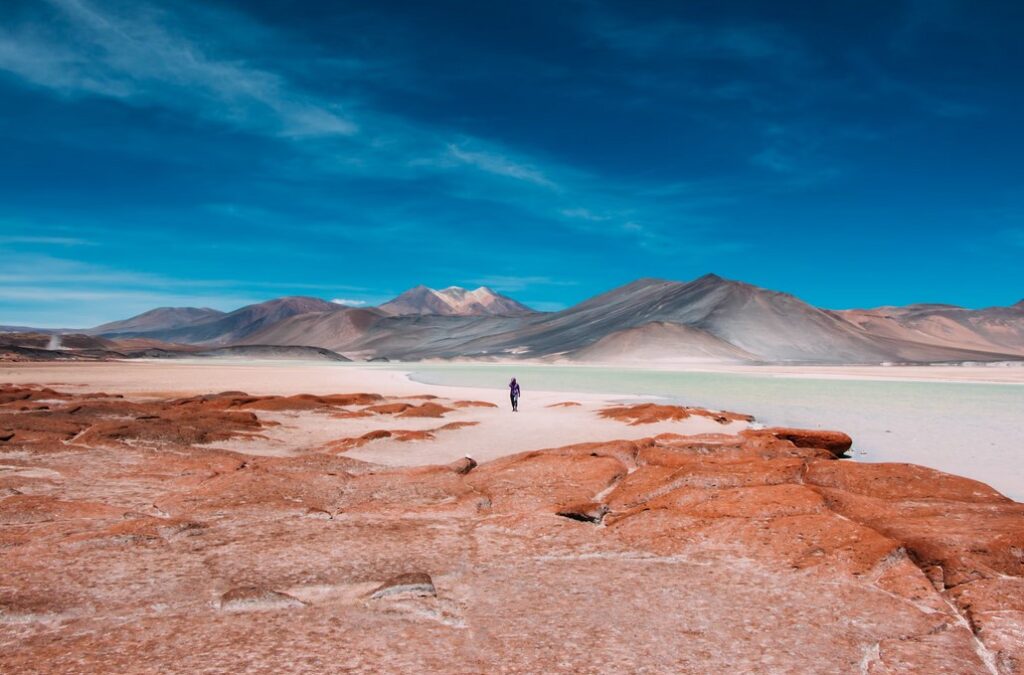
In northern Chile lies the Atacama Desert, the driest place on Earth and a surreal landscape of salt flats, geysers, and moon-like valleys.
- Watch the sunset at Valle de la Luna.
- Stargaze under some of the clearest skies in the world.
- Take a sunrise tour of the El Tatio Geysers.
- Visit Laguna Cejar and float effortlessly in its salty waters.
4. Patagonia and Torres del Paine National Park
In the far south, Patagonia is a dream come true for hikers, nature lovers, and photographers. The iconic Torres del Paine offers dramatic granite peaks, glacial lakes, and wildlife like guanacos and condors.
- Hike the famous W Trek or O Circuit.
- Marvel at Grey Glacier.
- Consider a guided multi-day trek for a fuller experience.
5. Chilean Lake District
With snow-capped volcanoes and crystalline lakes, the Lake District is like a slice of Switzerland in South America.
- Visit towns like Pucón and Puerto Varas.
- Go kayaking, hiking, or try white-water rafting on the Trancura River.
- Relax in natural hot springs like Termas Geométricas.
6. Easter Island (Rapa Nui)
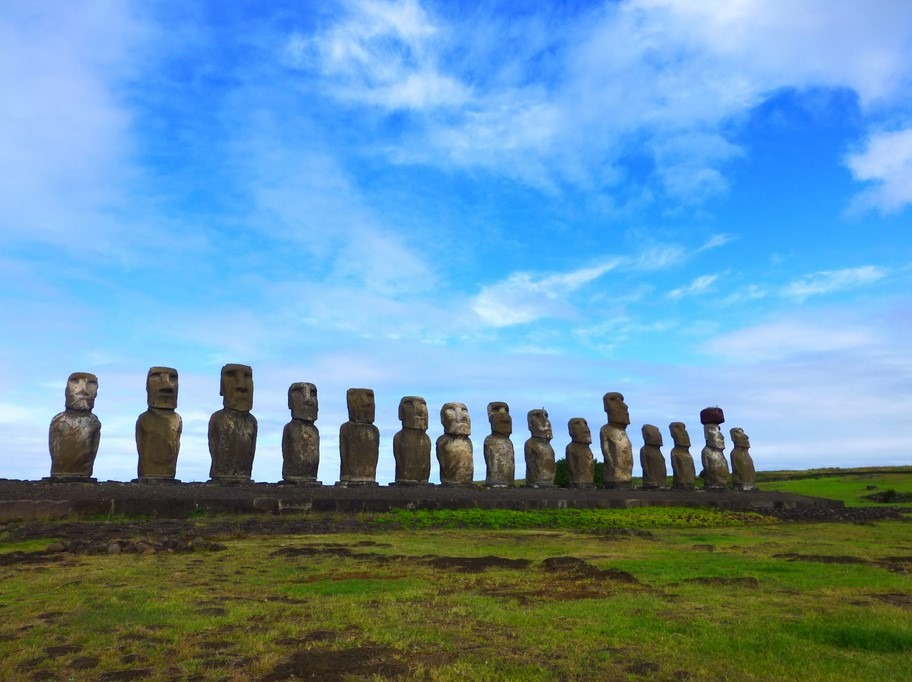
Though technically part of Chile, Easter Island lies over 2,000 miles off the coast and feels like another world.
- Explore the mysterious moai statues.
- Visit the Rano Raraku quarry and the Ahu Tongariki platform.
- Dive or snorkel in crystal-clear Pacific waters.
- Learn about Polynesian traditions and history unique to the island.
Practical Tips for First-Time Travelers
- Currency: Chilean Peso (CLP). Credit cards are widely accepted, but carry cash in remote areas.
- Language: Spanish is the official language, though English is understood in major tourist areas.
- Safety: Chile is one of the safest countries in South America, though it’s wise to stay alert in urban areas.
- Transportation: Domestic flights are common due to long distances. Buses are also a popular and economical option.
- Connectivity: Wi-Fi is readily available in cities. SIM cards are cheap and easy to buy for unlocked phones.
Final Thoughts
Chile is not a country you visit just once. Its varied climates and landscapes mean that every region offers a new adventure. Whether you’re trekking through Patagonia, sipping wine in the Casablanca Valley, or wandering the artistic streets of Valparaíso, Chile leaves an impression that stays with you long after you return home.
So pack your hiking boots, your curiosity, and an appetite for adventure—your first trip to Chile will likely not be your last.
Need help planning your next trip? The Trip Atelier takes the stress out of vacation planning. Schedule a consultation and start crafting a memorable vacation today.



